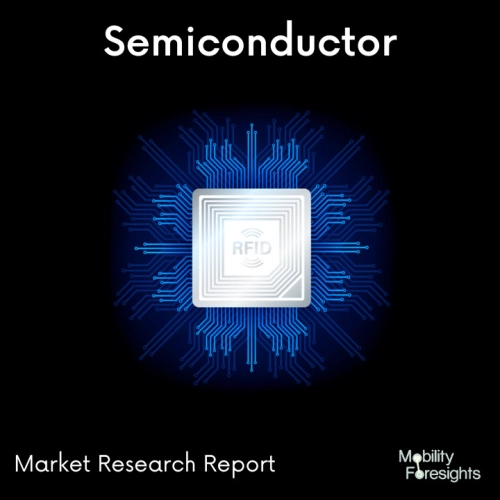
- Get in Touch with Us

Last Updated: Apr 25, 2025 | Study Period: 2023-2030
Chemicals called anti-static additives help keep static electricity from building up on plastic surfaces. Anti-static substances can be added to the surface of goods or used in the production of plastics. Depending on the end-use application, anti-static additives are employed for a variety of reasons, including aesthetics, (electric) safety, and performance.
The most often used antistatic substances fall into four categories: betaine amphoteric surfactant, higher alcohol sulfuric acid ester salt anionic, quaternary ammonium salt type cationic surfactant, and polyethylene glycol fatty acid ester nonionic.

The Europe Anti-static additives Market accounted for $XX Billion in 2022 and is anticipated to reach $XX Billion by 2030, registering a CAGR of XX% from 2023 to 2030.
Clariant launched an amide/amine-free anti-static concentrate for API Films and clean rooms. Active pharmaceutical ingredients (API) containers and dispensers, as well as the tubes used to transport powdered and liquid API during medication preparation, are regularly lined with polyethylene "clean-room films" that contain anti-static chemicals.
Since they have anti-static qualities, they are crucial for lowering the possibility of hazardous situations like explosions.
The new additive masterbatch concentration is a component of MEVOPUR, a line of 'Controlled, Consistent, and Compliant' products for plastics applications in the healthcare and pharmaceutical sectors. Clariant's novel anti-static, when used in PE films, offers excellent static-dissipating performance and low costing compared to alternatives.
These anti-static films have mostly depended on "migrating" ethoxylated amine/amide-based anti-stats that complied to some extent with laws for products that come into contact with food.
The allowed addition rates for amide- and amine-based additives are reduced to levels below what is necessary for efficient anti-static performance by risk evaluations that specify migration limitations applicable to these additives. This is in addition to the requirement to conduct tests at lower humidity levels.
The risk-management strategy used by manufacturers of medical devices is supported by this information, an ISO13485-based manufacturing/quality process, comprehensive change-control procedures, and documentation such as Drug Master Files.
MEVOPUR "Controlled, Consistent and Compliant" color and additive masterbatch concentrates and fully compounded plastics assist firms in the medical and pharmaceutical sectors in controlling and minimising risk while promptly adapting to changing industry standards.
| Sl no | Topic |
| 1 | Market Segmentation |
| 2 | Scope of the report |
| 3 | Abbreviations |
| 4 | Research Methodology |
| 5 | Executive Summary |
| 6 | Introduction |
| 7 | Insights from Industry stakeholders |
| 8 | Cost breakdown of Product by sub-components and average profit margin |
| 9 | Disruptive innovation in the Industry |
| 10 | Technology trends in the Industry |
| 11 | Consumer trends in the industry |
| 12 | Recent Production Milestones |
| 13 | Component Manufacturing in US, EU and China |
| 14 | COVID-19 impact on overall market |
| 15 | COVID-19 impact on Production of components |
| 16 | COVID-19 impact on Point of sale |
| 17 | Market Segmentation, Dynamics and Forecast by Geography, 2023-2030 |
| 18 | Market Segmentation, Dynamics and Forecast by Product Type, 2023-2030 |
| 19 | Market Segmentation, Dynamics and Forecast by Application, 2023-2030 |
| 20 | Market Segmentation, Dynamics and Forecast by End use, 2023-2030 |
| 21 | Product installation rate by OEM, 2023 |
| 22 | Incline/Decline in Average B-2-B selling price in past 5 years |
| 23 | Competition from substitute products |
| 24 | Gross margin and average profitability of suppliers |
| 25 | New product development in past 12 months |
| 26 | M&A in past 12 months |
| 27 | Growth strategy of leading players |
| 28 | Market share of vendors, 2023 |
| 29 | Company Profiles |
| 30 | Unmet needs and opportunity for new suppliers |
| 31 | Conclusion |
| 32 | Appendix |